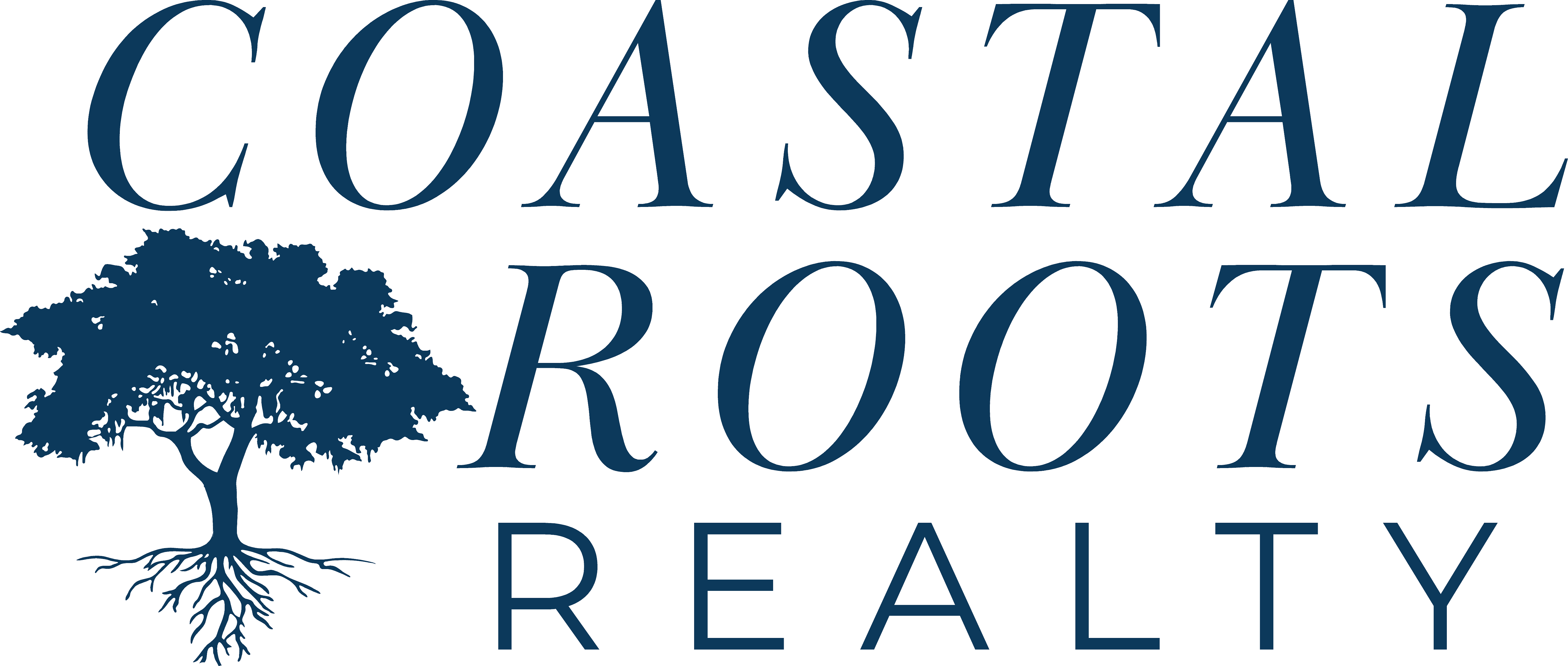The Growing Student Loan Pandemic: America’s Debt Crisis Returns
- Collin Wheeler

- Jun 4
- 3 min read
After more than three years of paused payments due to the COVID-19 emergency, federal student loan bills are back. For over 43 million Americans, this means adjusting their finances and facing a reality that hasn’t been part of their lives since early 2020. As the grace period ends, millions are asking: What now?

A Debt Crisis Reawakened
The student loan payment pause began in March 2020 and helped millions of borrowers avoid default during one of the most uncertain times in modern history. But in 2023, the pause officially ended.
Now, borrowers are again responsible for repaying over $1.7 trillion in federal student loans. While some targeted relief efforts remain in place, many people feel blindsided by the return of monthly payments, especially those whose financial situations haven’t improved.
Smart Steps to Tackle Student Loan Payments
If you’re feeling anxious about resuming payments, you’re not alone. The good news is, there are ways to make the transition easier and avoid falling behind.
1. Explore Income-Driven Repayment Plans (IDR)
The SAVE Plan is the newest and most affordable federal repayment option.
Payments are based on your income and family size, and could be as low as $0/month.
Remaining balances may be forgiven after 10 to 25 years of qualifying payments.
Unpaid interest won’t balloon your balance.
Apply at: studentaid.gov
2. Report Any Income Changes
If you’ve lost income or changed jobs, don’t wait for your next recertification date. You can report updated earnings now to have your monthly payment recalculated, potentially reducing it significantly.
3. Use the Fresh Start Program (If You Were in Default)
If your loans were in default before the pandemic, you may qualify for Fresh Start, a temporary program that:
Moves your loans back into good standing
Removes the default from your credit report
Let's you access IDR plans again.
This is a one-time opportunity and won’t last forever.
4. Consider Temporary Forbearance or Deferment
If you're facing a short-term hardship (like illness or unemployment), you may qualify for a temporary payment pause. Options include:
Economic hardship deferment
Unemployment deferment
General forbearance
⚠️ Heads up: These pauses often mean interest will still accrue, so use them carefully.
5. Be Cautious About Refinancing with Private Lenders
Private refinancing can lower your interest rate, but it comes at a cost — you’ll lose access to all federal protections and programs, including income-driven repayment, deferment, and forgiveness options. Make sure you understand the trade-offs before refinancing.
6. Ask About Employer Help
Some companies offer student loan repayment benefits — up to $5,250/year tax-free. If you're job hunting or currently employed, it’s worth asking about.
7. Keep the Lines of Communication Open
Ignoring your servicer is the worst thing you can do. If you're struggling, contact them. They can walk you through:
Switching repayment plans
Pausing payments the right way
Enrolling in programs that match your situation
What Happens If You Default? (And How to Avoid It)
Falling behind on payments can spiral into serious financial trouble. Default usually kicks in after 270 days of non-payment, and here’s what that can mean:
Credit Score Damage
Your score can take a major hit, making it harder to:
Rent or buy a home
Get a car loan
Access credit cards or low-interest rates
Wage Garnishment
The government can take up to 15% of your disposable income directly from your paycheck — no court order needed.
Tax Refund Seizure
Expect your state and federal tax refunds to be used to repay your loans.
Loss of Federal Benefits
Defaulted borrowers can’t access:
Income-driven repayment plans
Deferment or forbearance
Federal student aid (if returning to school)
Extra Fees
Defaulting adds collection fees and interest, increasing the total amount you owe.
Lawsuits
In rare cases, the government may take legal action to collect the debt.
Bottom line: Default won’t make your loans go away — it just makes everything more expensive and stressful. There’s help out there. Use it.
Final Thoughts
The student loan pause gave many people some breathing room, but now it's time to re-engage with your loans. It might feel overwhelming, but you don’t have to navigate it alone. There are real options available, and the earlier you act, the more control you’ll have.
Long-term reform is crucial — but right now, taking the next step is what matters most.
Written by:
Collin Wheeler
Mortgage Loan Originator
NMLS # 2501431
P: 912-217-0617
NMLS # 1078746




Comments